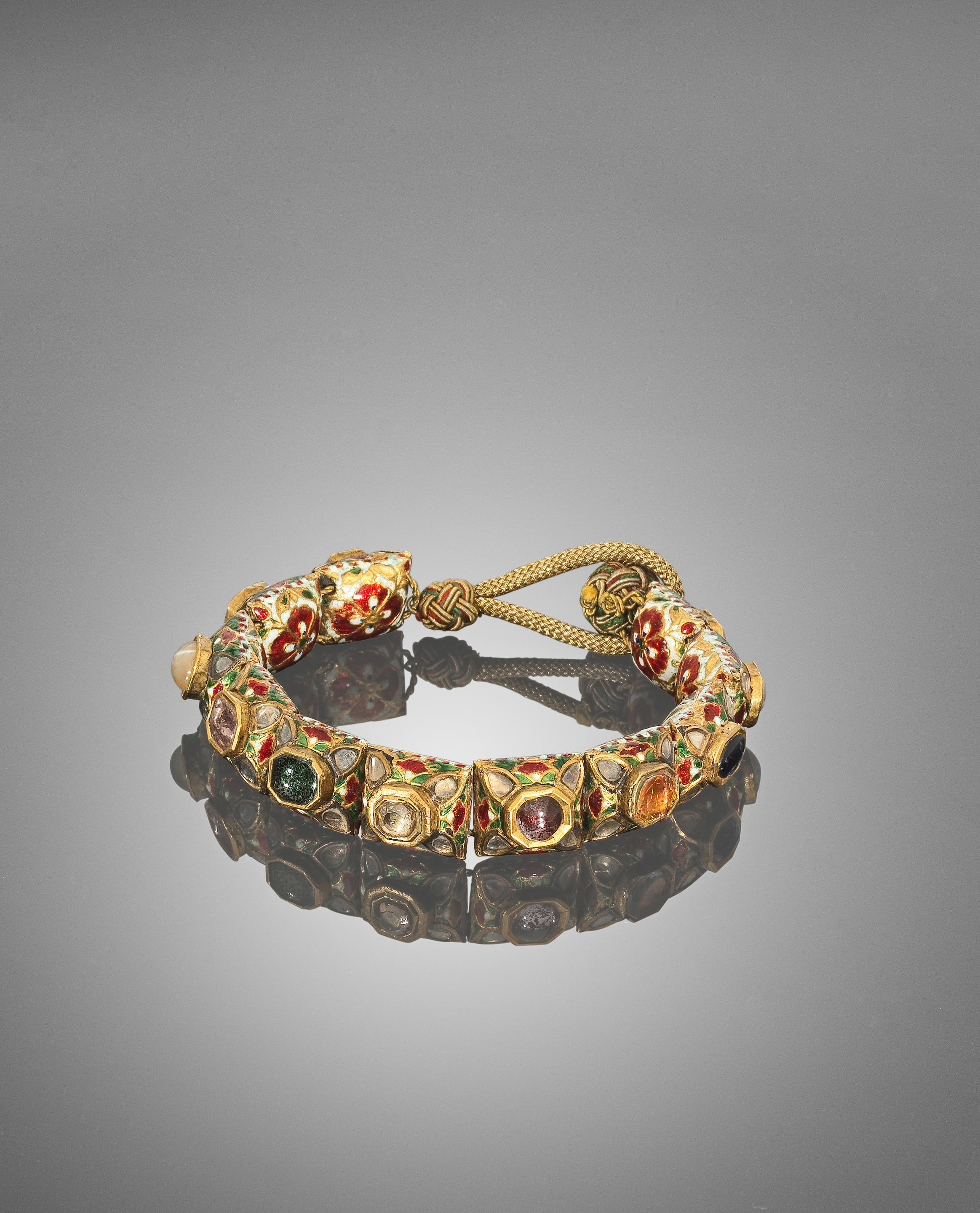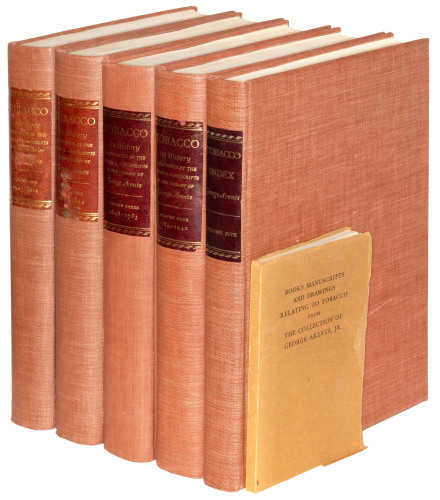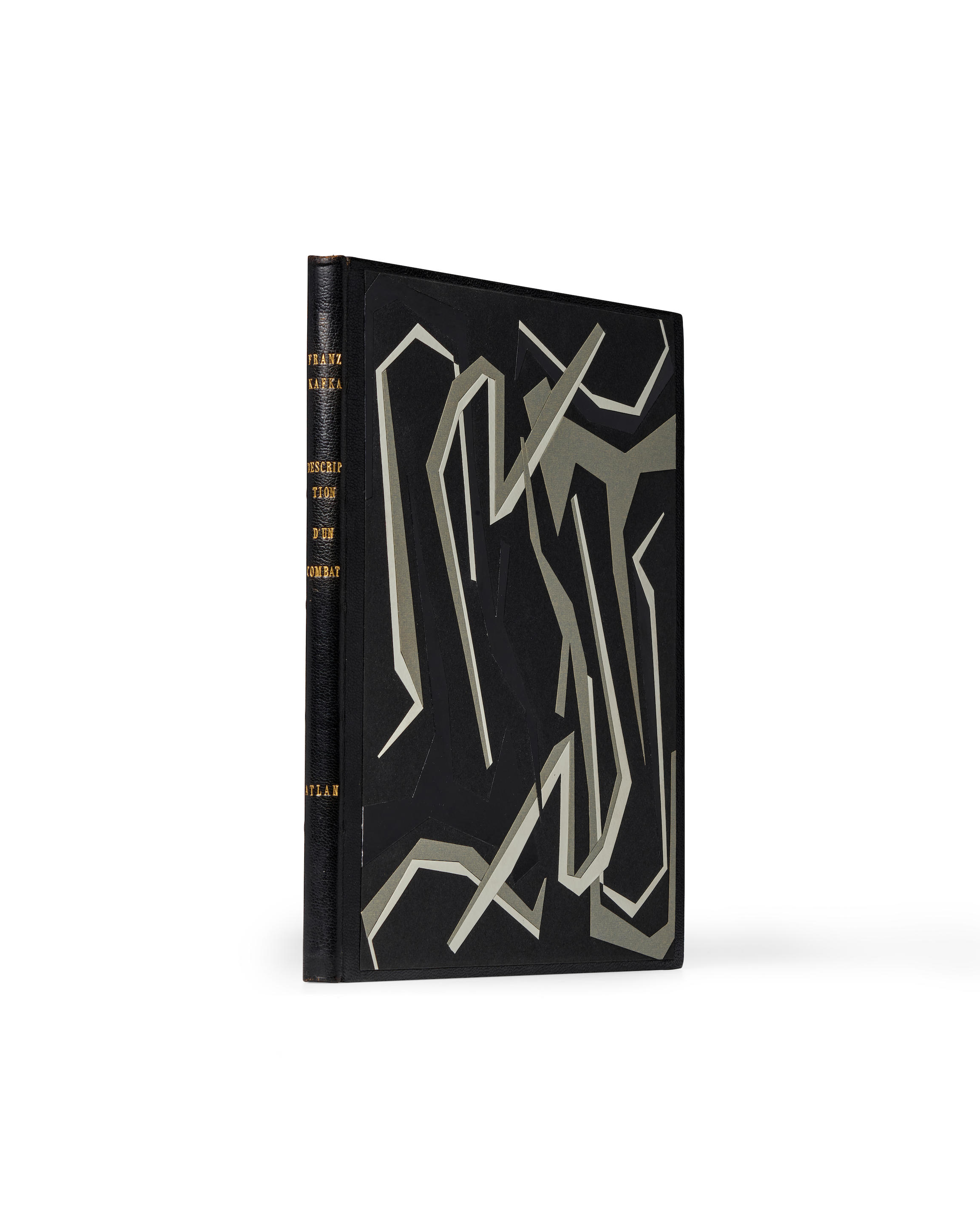4½ Liter SOHC Inline 4-Cylinder Engine - 4 Overhead Valves Per Cylinder Factory Delivered High-compression Specification Amherst Villiers Roots Type IV Supercharger (#144) 182bhp with 10lbs Boost at 3,900rpm 4-Speed 'D' Type Close-ratio Gearbox (#7255) Front and Rear Leaf Spring Suspension with Bentley and Draper Shocks *One of three Original Le Mans Specification production Supercharged cars built *Owned by the Noble family for more than 55 years *Original components and numbers as delivered new from Bentley *Documented by Bentley Expert Dr. Clare Hay *Eligible for Mille Miglia and more The Supercharged 4½ Liter Bentley The "Blower" Bentley is one of the most masculine, muscular, and sporting motorcars ever built. Where some companies hid their superchargers behind the radiator grill, the Bentley wears it right out front, and that statement alone says it all about the car and its creators. First shown at the 1929 London Motor Show, it was developed as a private venture by 'Bentley Boy' Sir Henry 'Tim' Birkin in order to extract more performance from the proven 4½-Liter model, which was becoming outclassed by its rivals on the racetracks of Europe. His aim was to produce a British car that would enable British drivers to continue to win races as spectacularly as the 4½-Liter that had won the 1928 Le Mans 24-Hour race. The supercharger installation was engineered by the brilliant Amherst Villiers, who modestly claimed that it was 'recognized in engineering circles as a definite landmark in automobile construction.' W.O. Bentley never supported the development of the supercharged car and was quoted as saying how much he 'disliked the easy short cut provided by the supercharger,' preferring to increase engine capacity, as evidenced by the 6½-Liter and 8-Liter cars. He preferred , while reducing front-end weight by using Elektron castings. Fortunately 'W.O.' did not control the purse strings at Bentley Motors, and the influence of Birkin, backed by the fabulously wealthy Honorable Dorothy Paget and Woolf Barnato, saw the Supercharged 4½-Litre Bentley come to fruition. Its potential was emphatically demonstrated when Tim Birkin took 2nd place in the French Grand Prix at Pau with his supercharged 4½-Liter tourer amid a field of monoposto GP racers. The production Blower Bentley was intrinsically linked to Le Mans, quite simply Bentley Motors built the 50 production supercharged 4½-Liter Bentleys to support the homologation of five Birkin team cars. When Birkin campaigned his Blower at Le Mans in 1930 his car retired after 138 laps and almost 20 hours of Racing. But, in an incredibly Heroic effort he passed the leading 7-Liter Supercharged Mercedes driven by Rudolf Caracciola on the Hunaudieres Straight. The pass at 125mph shocked Caracciola and caused him to overstress the Mercedes engine in efforts to keep up with the Bentleys. This effort and the continual Bentley pressure caused the Mercedes to fail and withdraw from the race with a blown gasket Birkin therefore eased the way for the Works Speed Six to win the marque's final Le Mans victory until this century. It should be noted that Birkin set the Fastest Lap in the Race and broke the Lap Record at 89.696mph in his No. 9 supercharged 4½ liter Bentley. His time of 6 min. 48 sec. was never beaten on the 10.153 mile circuit. The fifty production cars were fitted with an Amherst Villiers Supercharger Mark IV, of Roots type with twin paddle rotors, which drew mixture from twin SU carburetors and was driven off the front of the crankshaft, the latter having been substantially strengthened to accommodate the increased power. With 9½ lbs boost at 3,500rpm the blown Bentley developed 175bhp, a healthy increase over the production 4½-Liter's 110 horsepower, while with 10lbs boost at 3,900rpm, 182bhp was produced. Despite representing the epitome of 'Boys Own' motoring and providing the heart and soul of the hobby, selling the requisite fifty cars that had needed to be built in the dire ec
4½ Liter SOHC Inline 4-Cylinder Engine - 4 Overhead Valves Per Cylinder Factory Delivered High-compression Specification Amherst Villiers Roots Type IV Supercharger (#144) 182bhp with 10lbs Boost at 3,900rpm 4-Speed 'D' Type Close-ratio Gearbox (#7255) Front and Rear Leaf Spring Suspension with Bentley and Draper Shocks *One of three Original Le Mans Specification production Supercharged cars built *Owned by the Noble family for more than 55 years *Original components and numbers as delivered new from Bentley *Documented by Bentley Expert Dr. Clare Hay *Eligible for Mille Miglia and more The Supercharged 4½ Liter Bentley The "Blower" Bentley is one of the most masculine, muscular, and sporting motorcars ever built. Where some companies hid their superchargers behind the radiator grill, the Bentley wears it right out front, and that statement alone says it all about the car and its creators. First shown at the 1929 London Motor Show, it was developed as a private venture by 'Bentley Boy' Sir Henry 'Tim' Birkin in order to extract more performance from the proven 4½-Liter model, which was becoming outclassed by its rivals on the racetracks of Europe. His aim was to produce a British car that would enable British drivers to continue to win races as spectacularly as the 4½-Liter that had won the 1928 Le Mans 24-Hour race. The supercharger installation was engineered by the brilliant Amherst Villiers, who modestly claimed that it was 'recognized in engineering circles as a definite landmark in automobile construction.' W.O. Bentley never supported the development of the supercharged car and was quoted as saying how much he 'disliked the easy short cut provided by the supercharger,' preferring to increase engine capacity, as evidenced by the 6½-Liter and 8-Liter cars. He preferred , while reducing front-end weight by using Elektron castings. Fortunately 'W.O.' did not control the purse strings at Bentley Motors, and the influence of Birkin, backed by the fabulously wealthy Honorable Dorothy Paget and Woolf Barnato, saw the Supercharged 4½-Litre Bentley come to fruition. Its potential was emphatically demonstrated when Tim Birkin took 2nd place in the French Grand Prix at Pau with his supercharged 4½-Liter tourer amid a field of monoposto GP racers. The production Blower Bentley was intrinsically linked to Le Mans, quite simply Bentley Motors built the 50 production supercharged 4½-Liter Bentleys to support the homologation of five Birkin team cars. When Birkin campaigned his Blower at Le Mans in 1930 his car retired after 138 laps and almost 20 hours of Racing. But, in an incredibly Heroic effort he passed the leading 7-Liter Supercharged Mercedes driven by Rudolf Caracciola on the Hunaudieres Straight. The pass at 125mph shocked Caracciola and caused him to overstress the Mercedes engine in efforts to keep up with the Bentleys. This effort and the continual Bentley pressure caused the Mercedes to fail and withdraw from the race with a blown gasket Birkin therefore eased the way for the Works Speed Six to win the marque's final Le Mans victory until this century. It should be noted that Birkin set the Fastest Lap in the Race and broke the Lap Record at 89.696mph in his No. 9 supercharged 4½ liter Bentley. His time of 6 min. 48 sec. was never beaten on the 10.153 mile circuit. The fifty production cars were fitted with an Amherst Villiers Supercharger Mark IV, of Roots type with twin paddle rotors, which drew mixture from twin SU carburetors and was driven off the front of the crankshaft, the latter having been substantially strengthened to accommodate the increased power. With 9½ lbs boost at 3,500rpm the blown Bentley developed 175bhp, a healthy increase over the production 4½-Liter's 110 horsepower, while with 10lbs boost at 3,900rpm, 182bhp was produced. Despite representing the epitome of 'Boys Own' motoring and providing the heart and soul of the hobby, selling the requisite fifty cars that had needed to be built in the dire ec















Try LotSearch and its premium features for 7 days - without any costs!
Be notified automatically about new items in upcoming auctions.
Create an alert